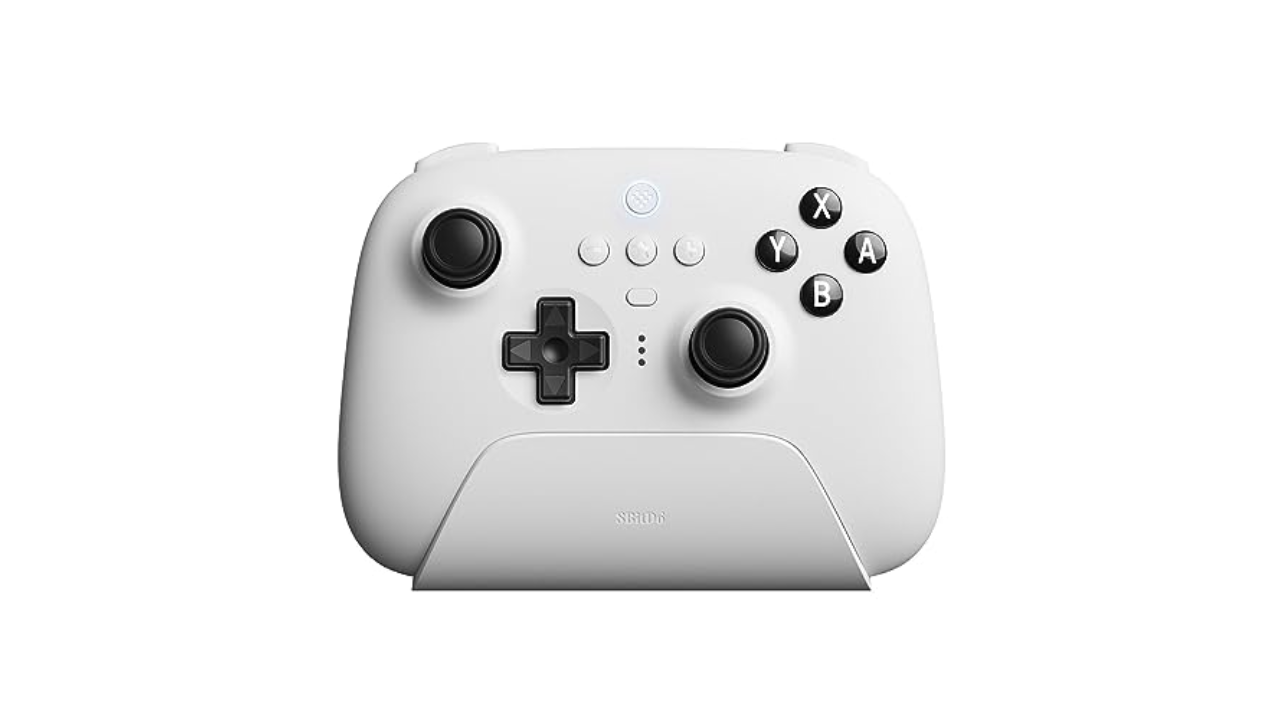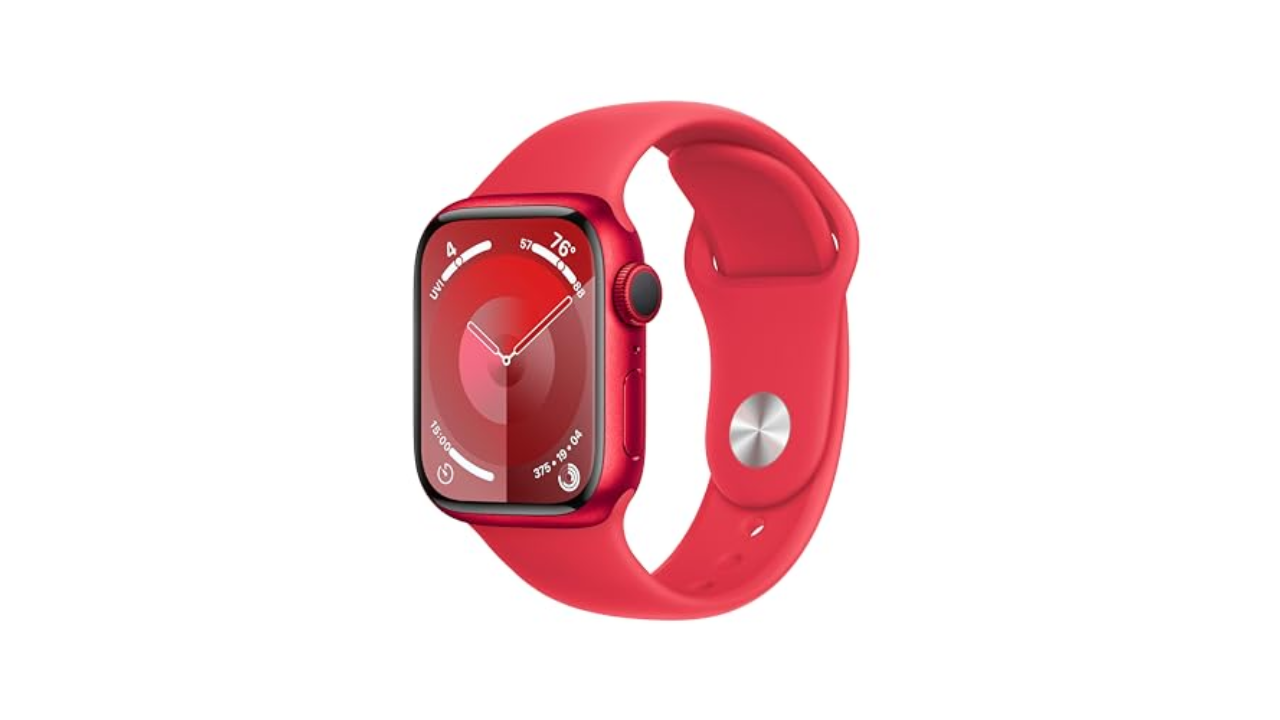[ad_1]
Why choose between a gaming laptop and one meant for school when you can get a PC that does both? Gaming laptops are now cheaper and more powerful than ever, and many wouldn’t look out of place in a classroom. If you’re aiming to do some serious multimedia work alongside playing video games online, it’s worth taking a look at a dedicated gaming system. You can find general advice on choosing a gaming notebook in our guide. But if you want a few models that will be perfect for school and play, you’ve come to the right place.
Are gaming laptops good for school?
As we’ve mentioned, gaming laptops are especially helpful if you’re doing any demanding work. Their big promise is powerful graphics performance, which isn’t just limited to games. Video editing and 3D rendering programs can also tap into their GPUs to handle laborious tasks. While you can find decent GPUs on some productivity machines, like Dell’s XPS 15, you can sometimes find better deals on gaming laptops. My general advice for any new workhorse: Get at least 16GB of RAM and the largest solid state drive you can find (ideally 1TB or more). Those components are both typically hard to upgrade down the line, so it’s worth investing what you can up front.
The one big downside to choosing a gaming notebook is portability. For the most part, we’d recommend 15-inch models to get the best balance of size and price. Those typically weigh in around 4.5 pounds, which is significantly more than a three-pound ultraportable. Today’s gaming notebooks are still far lighter than older models, though, so at least you won’t be lugging around a 10-pound brick. If you’re looking for something lighter, there are plenty of 14-inch options these days. And if you’re not into LED lights and other gamer-centric bling, keep an eye out for more understated models (or make sure you know how to turn those lights off).
Read our full review of the ASUS ROG Zephyrus G14
The ASUS ROG Zephryus G14 may be a bit more expensive than it was when it originally launched, but it remains a fantastic 14-inch laptop for all purposes. The beauty of the latest model is that it features an all-new unibody aluminum chassis, a vibrant 120Hz OLED display, solid performance and tons of ports–all for hundreds less than an equivalent Razer Blade 14. It even has a built-in microSD card reader and presets for several color gamuts, so it can easily pull double duty as a photo/video editing machine. Its audio is also way above average thanks to punchy up-firing stereo speakers. Battery life is solid too, with the Zepyrus lasting just shy of eight hours on our rundown test. And to top it off, the G14 weighs almost half a pound less than rival laptops with similar designs. The main downsides are that its GPU caps out at an RTX 4070 (instead of a 4080 like on the previous model) and that its RAM is soldered in. But if you want a really great all-rounder that offers big power in a portable package, this system has to be at the top of your list. — Sam Rutherford, Senior Writer, Reviews
For years, Razer has built a reputation for making gaming laptops that look as good as MacBooks. And that’s still true. Razer’s Blade 15 features a sleek and sturdy metal case, an understated design (unless you really kick up those RGB keyboard lights), and just about all the power you’d want in a portable gaming powerhouse. If money is no object, you can equip the Blade 15 with Intel’s latest 13th-gen processors, NVIDIA’s powerful RTX 4070 and 1,440p OLED display running at 240 Hz.
While you’ll pay a bit more for the Blade 15 compared to some other models, you’ve still got a few different price points to work with. The entry-level model starts at $1,999 with an RTX 3070 GPU and 360Hz 1080p display. That’s certainly enough power for most games and creative apps. If you’re looking for something a bit smaller, Razer’s new AMD-powered Blade 14 looks compelling as well. Razer also recently debuted new Blade 16 and 18 models, which cost (and weigh!) much more than the Blade 15, but may be useful if you need a bigger screen.
While Alienware has established itself as a solid premium brand, Dell’s cheaper G-series notebooks are worth a look for anyone on a budget. In particular, the G15 continues the trend of delivering very capable hardware – including Intel’s latest 13th-gen CPUs and NVIDIA’s RTX 30 and 40-series GPUs – for under $1,000. Sure, the case is mostly plastic, and the screen doesn’t offer all of the latest niceties, but for the price it’s hard to find anything more powerful.
Taking the idea of a gaming laptop to the absolute extreme, ASUS’s latest Zephyrus Duo 16 combines AMD’s latest Ryzen mobile processors with NVIDIA’s great RTX 40-series hardware. And, true to its name, it has two screens: a gorgeous 16-inch main display (with optional Mini-LED backlighting), and a very wide 14-inch secondary panel right below. That opens up a near desktop-level of multitasking, since you can have windows spread across both screens. It could help you, say, follow an online lecture while fitting in a Halo Infinite match on your main screen. Don’t worry, we won’t tell.
The biggest and most powerful Alienware laptop yet, the m18 is the ideal gaming notebook for someone who prioritizes screen size above all else. It can be equipped with Intel’s fastest 13th-gen CPUs, NVIDIA’s RTX 4090, and either a 165Hz QuadHD+ screen or a wickedly fast 480Hz 1080p+ display. It’s a gaming beast, but it’ll also be a great option for students editing audio or video. A bigger screen means a larger timeline view–exactly what you’d want for massive projects.
[ad_2]
Source Article Link




